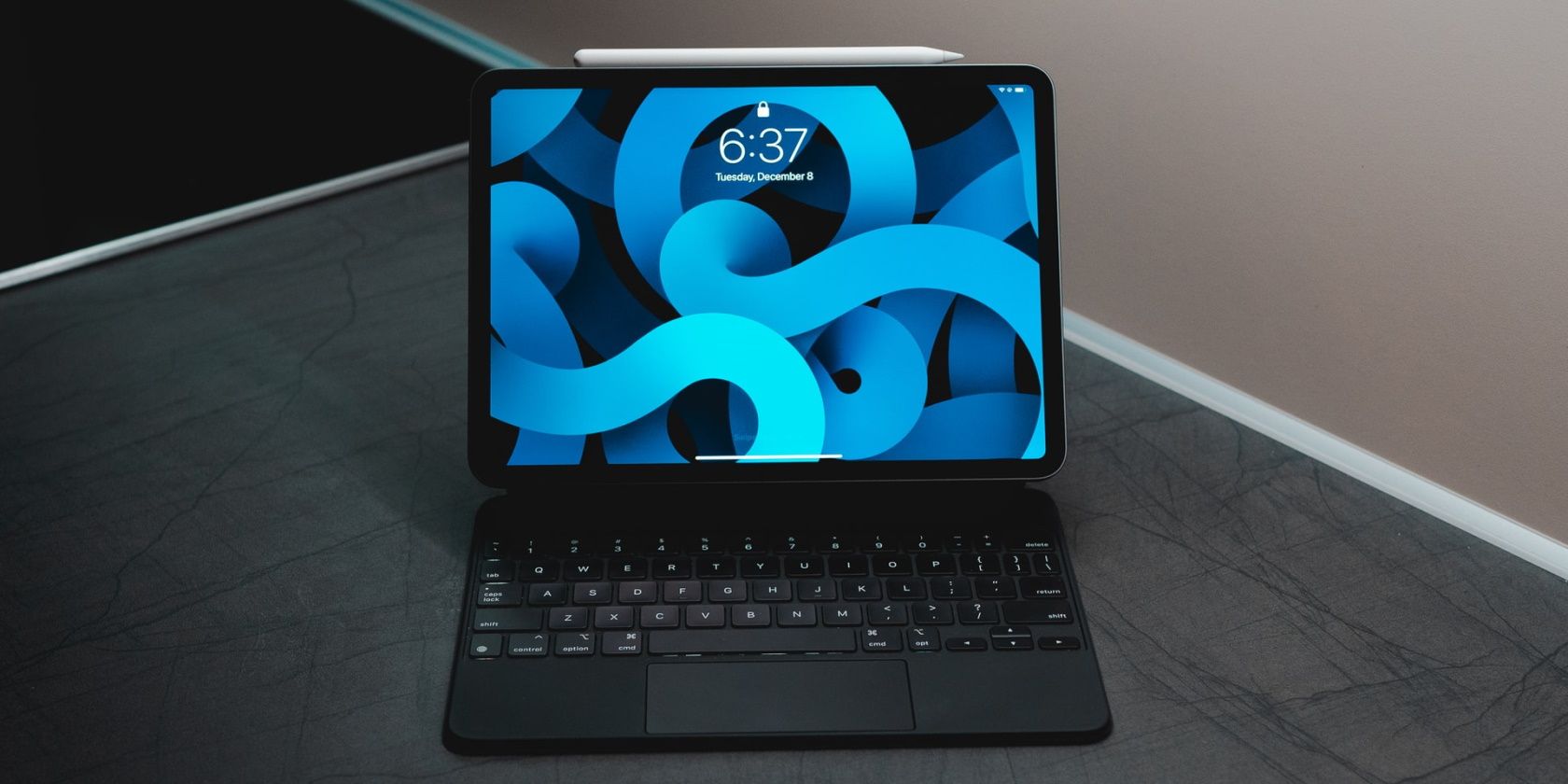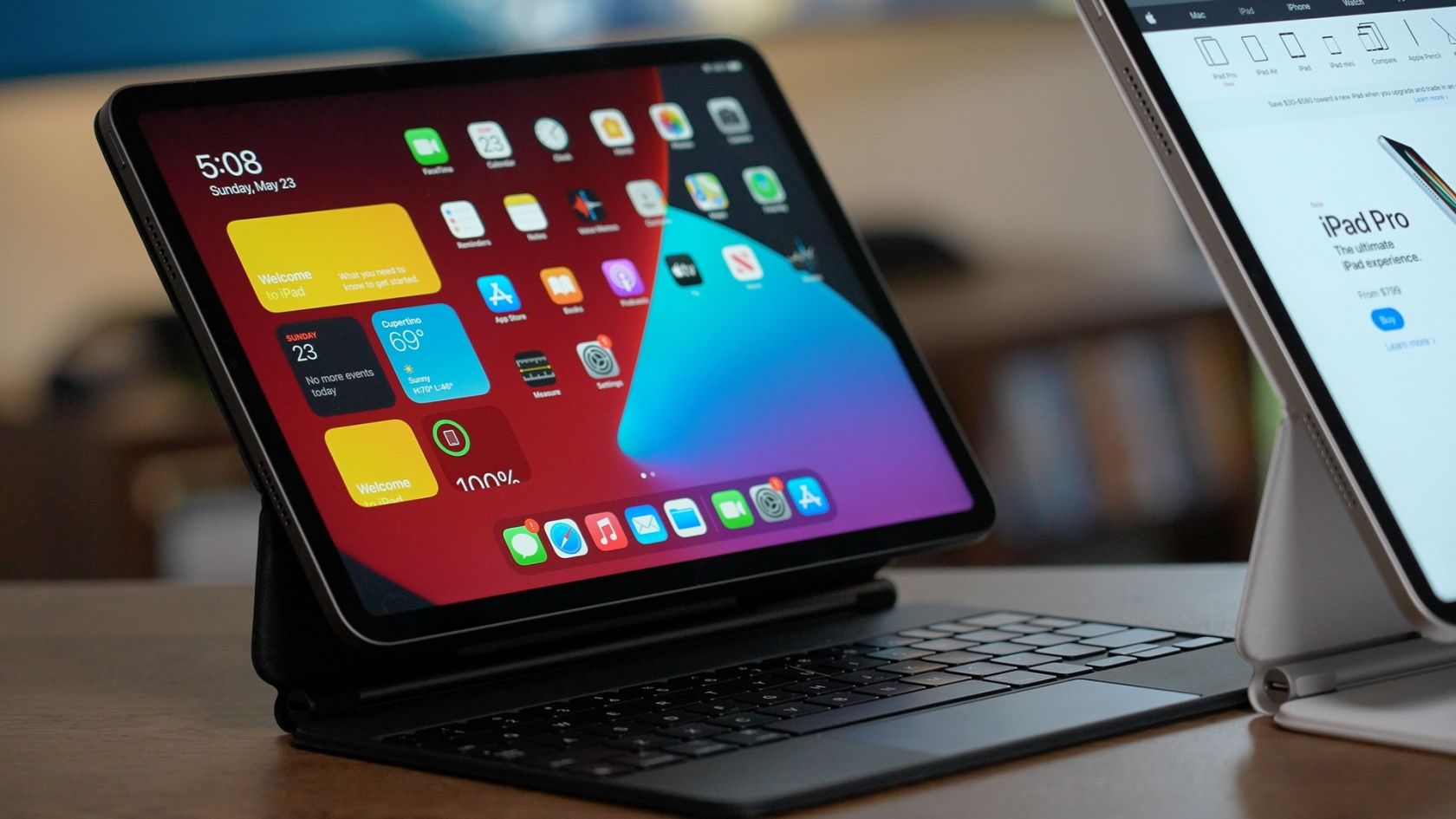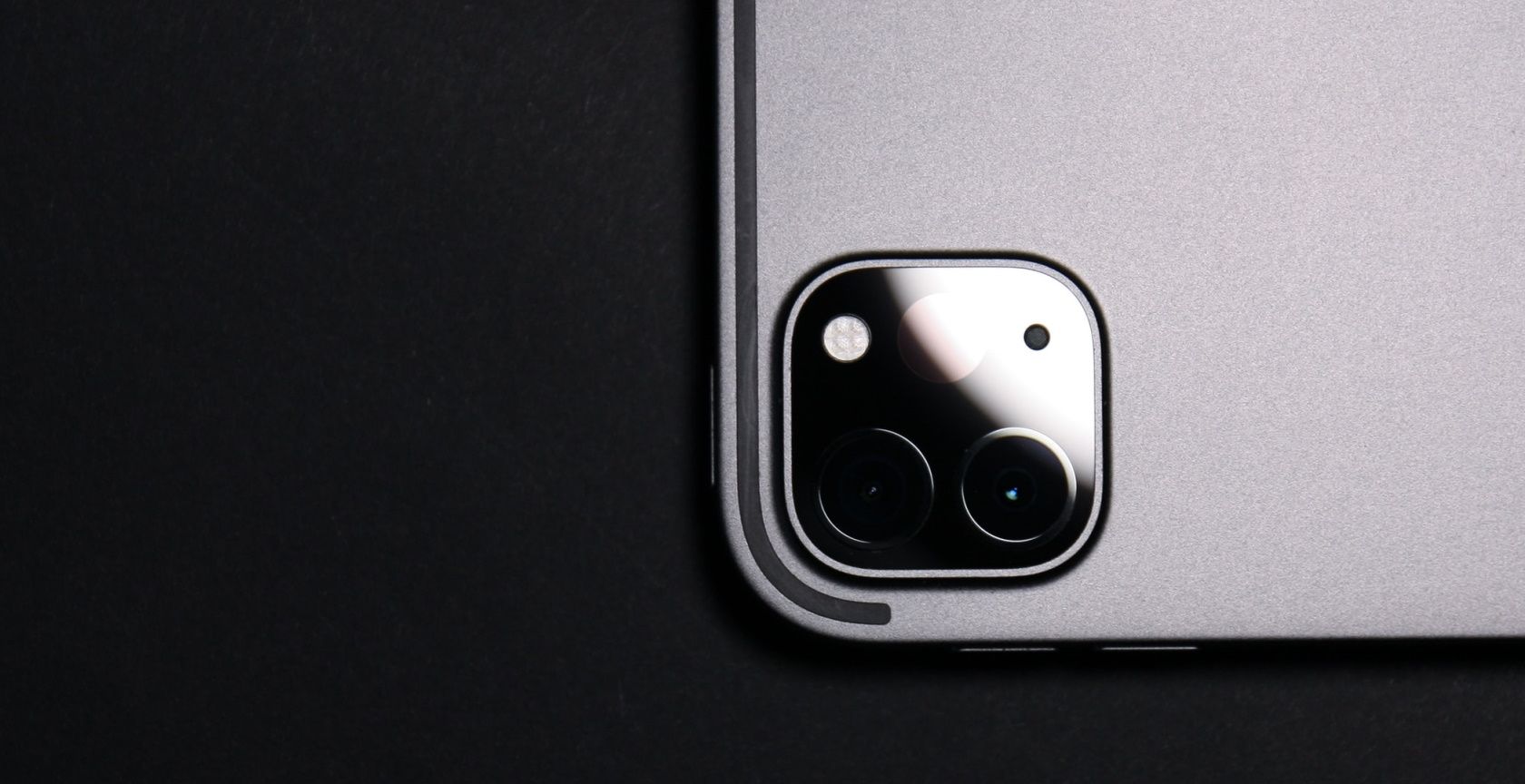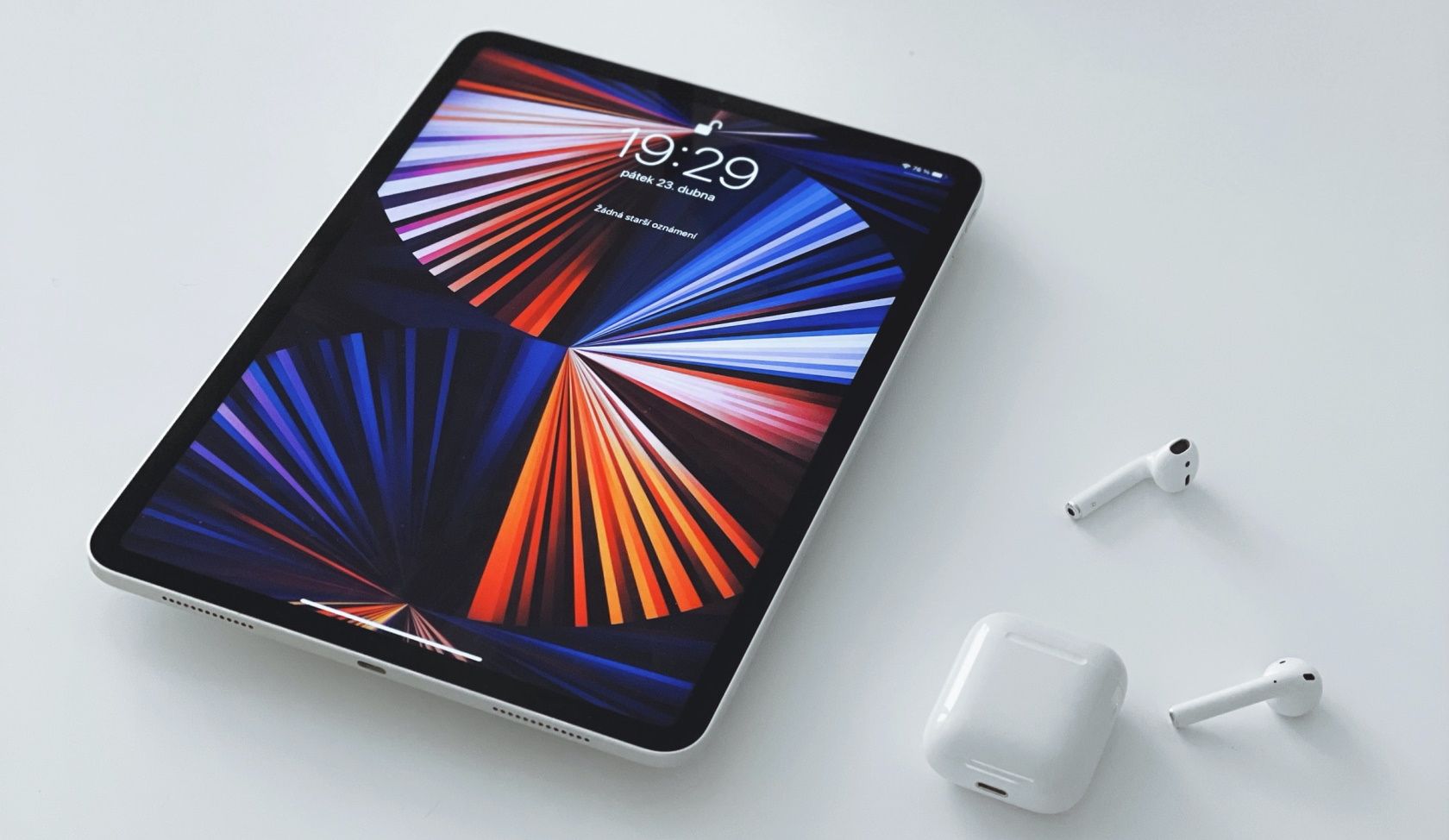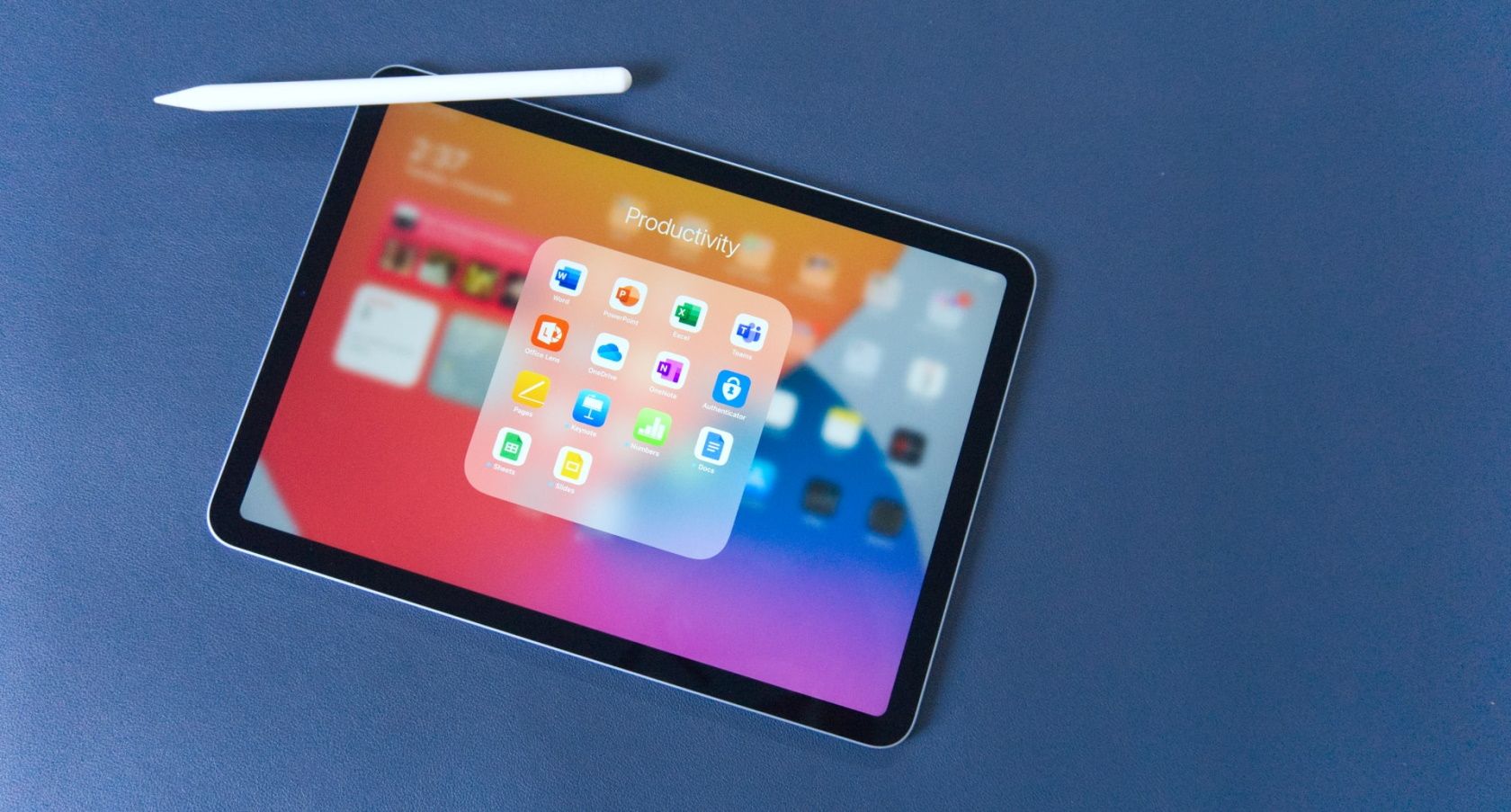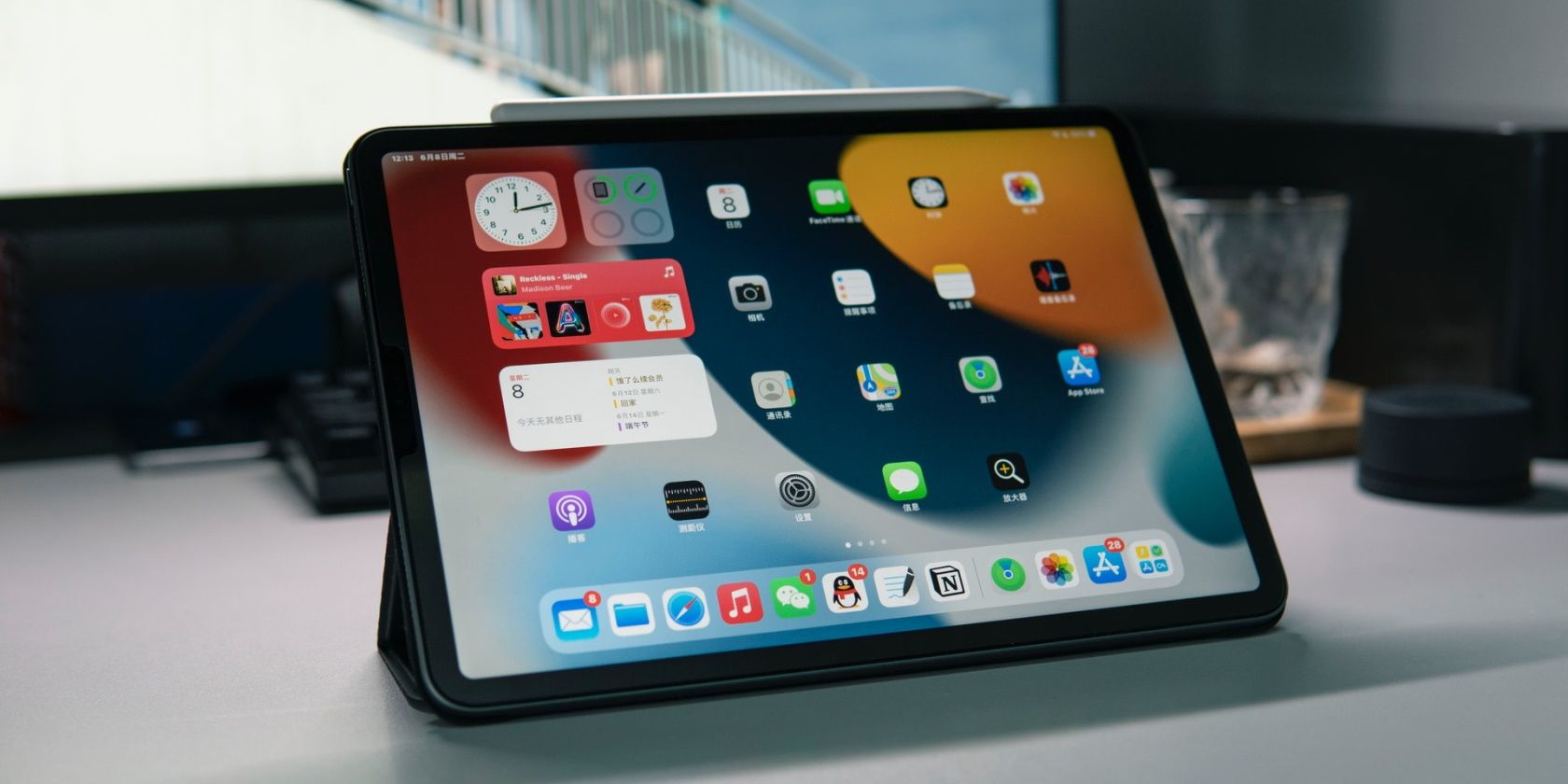The iPad Air and the iPad Pro are for different users, with the former targeting the mainstream audience while the latter is intended more for prosumers. Regardless, a lot of people splurge on the most powerful iPad they can buy—the iPad Pro.
However, with the latest releases, Apple has used the same M1 chip to power both the affordable iPad Air 5 and the premium iPad Pro, meaning there’s virtually no performance difference between the two lineups.
So, why would you still need to buy an iPad Pro? Does it offer anything significant for the extra price? Let’s find out by comparing all the different elements of these devices.
Display
The biggest difference between the two iPad models is the display. Note that we’re pitting the iPad Air 5 against the 11-inch iPad Pro, which doesn’t have the fancy mini-LED display like its bigger brother. Even though both these models feature the same Liquid Retina display, there’s a big difference here.
For starters, the high-end, 11-inch iPad Pro supports Apple’s ProMotion display technology, which means the screen can dynamically adjust its refresh rate between 24Hz while watching movies and 120Hz while gaming or scrolling through apps.
On the other hand, the iPad Air has a standard 60Hz panel, which is not bad by any means, but if you’re already used to a high-refresh-rate screen, like the one on the iPhone 13 Pro, you will struggle to go back to 60Hz. The responsiveness of a 120Hz screen is something that is difficult to give up once you’ve adjusted to.
More importantly, we believe the iPad Air 5’s 60Hz refresh rate heavily limits the capabilities of the Apple M1 chip, especially while gaming. You would barely notice any difference over the previous generation iPad Air, as the A14 Bionic chip in that could handle almost all games at 60FPS without breaking a sweat.
Besides the refresh rate, there’s a slight difference in the brightness of these displays. The 2022 iPad Air supports a maximum brightness of 500 nits, whereas the 11-inch iPad Pro can go all the way up to 600 nits. This could be a big deal if you’re planning to use your iPad outdoors.
Also, don’t forget that the iPad Air has slightly thicker bezels, which is the main reason why it has a 10.9-inch display instead of 11 inches like the iPad Pro.
Cameras
Despite featuring the same 12MP ultra-wide front-facing camera from the iPad Pro for Center Stage, the iPad Air 5 still has an inferior primary camera setup compared to the high-end iPads for multiple reasons.
While the iPad Air 5 features a single camera setup with a standard 12MP wide camera, the 11-inch iPad Pro takes things up a notch, thanks to a dual-camera setup with an additional 10MP ultra wide camera. On top of that, the iPad Air lacks the iPad Pro’s True Tone flash, meaning you will still struggle taking high quality photos in low-light situations.
The iPad Pro also has a LiDAR sensor that can be used for improved focus along with advanced games, 3D scanning, and Augmented Reality applications. Hopefully, you’re starting to understand why the iPad Pro is truly a pro device.
Touch ID vs. Face ID
One of the ways that Apple manages to cut costs on the iPad Air is by not including the Face ID sensor. Instead, it uses good old Touch ID with a slightly different implementation to what we saw on iPhone designs. Unlike most other Apple devices, the Touch ID sensor is integrated into the Power/Top button, which you need to touch to unlock your iPad.
On the other hand, the iPad Pro supports Face ID, and all you need to do is swipe up on the screen to unlock your iPad and get to the Home Screen. While this is mostly personal preference, we believe most users would prefer Face ID over Touch ID on a large device for sheer convenience.
Speakers and Microphone
Looking at the outside, you may think that the iPad Air and the iPad Pro have identical speaker setups due to the same amount of speaker grills. But, the more affordable iPad Air only has two speakers, while the high-end iPad Pro has a quad-speaker setup that’s unmatched in the tablet segment.
The iPad Pro also gets five studio-quality microphones that deliver excellent results during FaceTime calls, video recording, and more. However, the iPad Air only gets dual microphones for the same purposes. The difference in mic quality between the two models is subtle but noticeable when compared side by side.
Connectivity and Ports
While both the models feature USB-C ports, there’s still a spec difference between the two. The more expensive iPad Pro model supports the Thunderbolt 3/USB 4 standard, meaning you can get transfer speeds up to 40Gb/s. You can connect the iPad Pro to Thunderbolt displays like the Pro Display XDR.
Unfortunately, the USB-C port on the iPad Air uses the USB 3.1 Gen 2 standard that only supports transfer speeds up to 10Gb/s. This means that you can’t hook it up to the Pro Display XDR or other Thunderbolt 3 peripherals. However, it still supports the new Studio Display that Apple launched alongside the Mac Studio.
Pricing and Storage
The iPad Air starts at $599 for the Wi-Fi model, whereas the 11-inch iPad Pro starts at $799. However, you need to factor in the fact that the base iPad Air only has 64GB of internal storage, which isn’t really enough for today’s file-size standards. On the other hand, the base 11-inch iPad Pro gets you 128GB of storage space, which most people would be happy with.
If you want more storage on the iPad Air, you need to pay $150 more for the 256GB variant, bringing the price even closer to the base 11-inch iPad Pro. At this point, you could pay just $50 more to get all the pro features we discussed above and 128GB of storage instead.
Moving on to the cellular models, Apple charges a hefty $150 premium for the 5G chip on the iPad Air. It’s worse if you want 5G on the iPad Pro as there’s a $200 price gap between the base Wi-Fi and cellular variants. However, Apple has a good reason for this: the iPad Pro supports mmWave 5G, unlike the iPad Air, and delivers higher throughput up to 3.5Gb/s.
The 11-Inch iPad Pro May Be Worth the Premium
As you can see, despite packing the same performance, the 11-inch iPad Pro still has plenty of advantages over the iPad Air that makes it worth the $200 premium. Sure, the iPad Air 5 is the cheapest Apple device with the M1 chip, but with a 60Hz screen, it won’t take advantage of all that power as the 11-inch iPad Pro does.
However, if you’re really short on cash and you just want an affordable iPad that’ll last you for years, the iPad Air 5 is a solid choice. No other tablet offers anywhere close to its performance at this price point.

